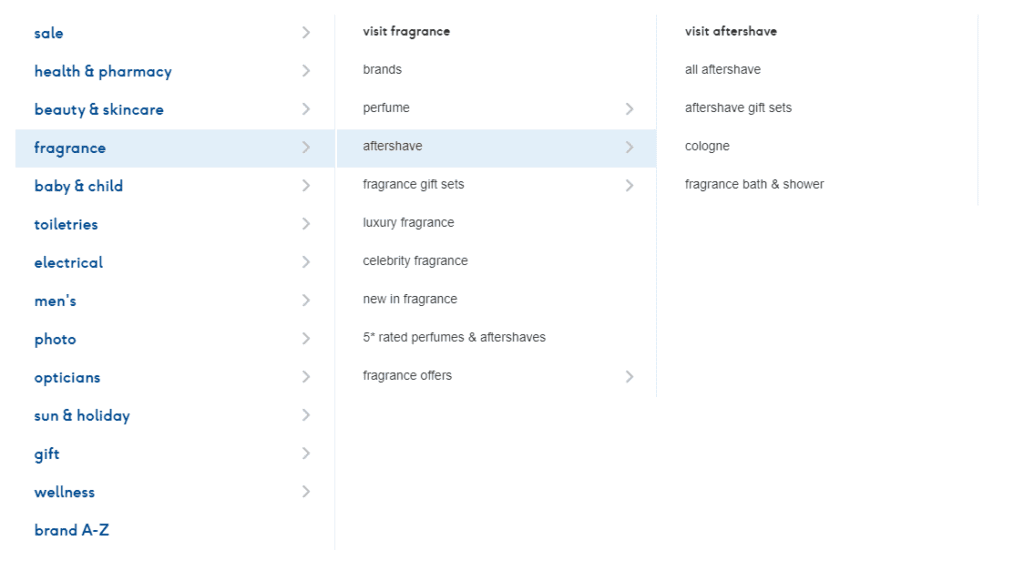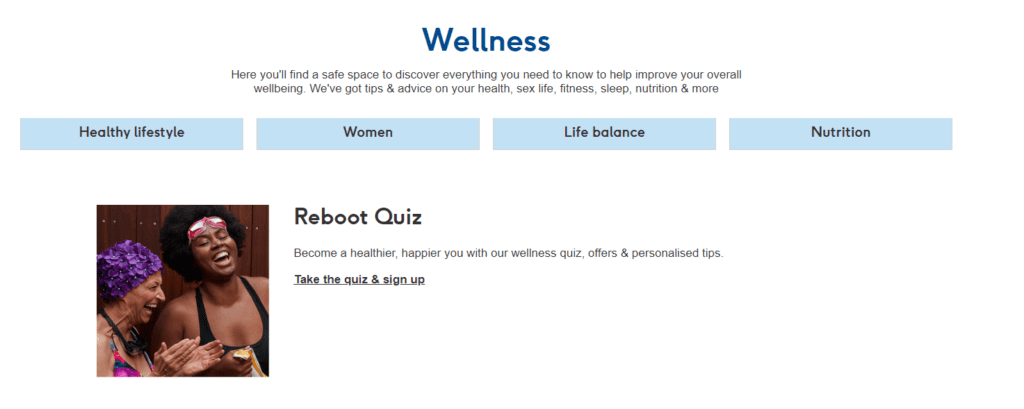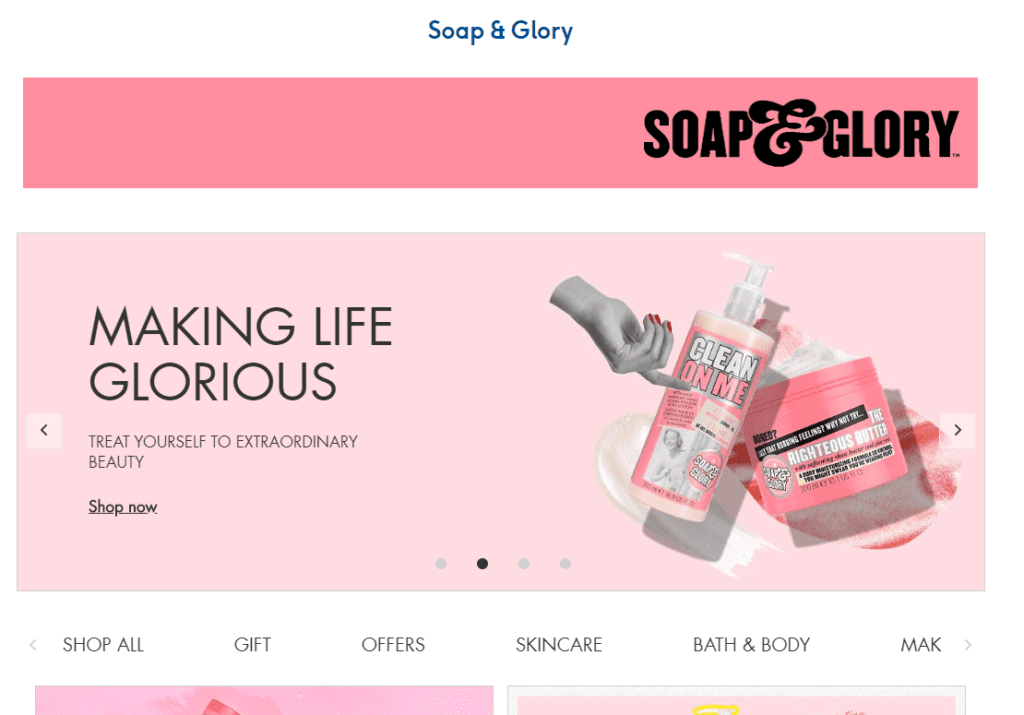Last year, we performed a market report on the online pharmacy industry to see who’s the healthiest when it came to SEO and online marketing. Boots smashed the competition, achieving a monstrous visibility score of 91K+.
It’s fair to say Boots is a massive brand that spans across different countries but, as we know well, awareness and authority doesn’t always equal a good visibility score. There are a variety of factors that go into a solid SEO strategy.
With this in mind, we were curious to what Boots were doing on-site to achieve such an impressive visibility score. What tactics were they deploying? How were they organising their site structure? Many of these questions were asked and we challenged ourselves to dive into their site deeper.
Below is what we discovered. If you want to see the ins and outs of Boots’ online marketing strategy, we suggest you continue reading. All the tips discussed can be quickly implemented into any site, big or small.
Technically Brilliant
Sometimes, technical SEO is one of the most effective ways to boost your visibility. Unfortunately, many brands don’t utilise this arm of SEO and focus solely on content and backlinks. As a result, they make their site difficult to crawl, render and index, making things more difficult for Google.
If you can get your technical SEO right straight out of the gate, you’ll be flying high in the SERPs quickly.
Boots have been working hard to make sure their website is optimised so Google can easily find their pages and index them, making ranking simple. Amongst the many techniques they were deploying to streamline their site, here’s just a few important variables we noticed in our audit.
Leaving Breadcrumbs for Google
Just like Hansel and Gretel left crumbs to find their way back out of the woods, Google sometimes needs crumbs to find its way around your site, and the best way to provide this is through breadcrumbs.
Breadcrumbs are the small links in the top-left of the site that tell you the path you took to get to your current page.

Although they might first appear to be a gimmick and of no SEO value, they help to establish and solidify site structure. They keep the links between your site’s main categories and sub-categories strong, solidifying the connection and giving Google more of an idea of how your site is structured.
Additionally, they help users understand where they are on your site and navigate their way around easier, especially if they get lost. As usability is a ranking factor, making things easier for your customers is the best way to improve your rankings.
It’s worth noting that breadcrumbs also get picked up in rich snippets which then appear on the search engine results page, giving your result more visual real estate and, therefore, more clicks.
Boots have breadcrumbs all over their site which filter down all the way to their individual articles, allowing Google to connect the dots and classify each page under a specific category. This simple SEO trick keeps all their categories tied together and helps Google know which page belongs to which category, allowing authority to be distributed evenly.
Breadcrumbs are simple to add and any site can include them to give their site an SEO boost. In certain CMSs, like WordPress, enabling breadcrumbs is as easy as turning them on in the settings.
Simple Site Structure for Easy CRI
Site structure and crawling, rendering, and indexing (CRI) go hand-in-hand. As a site owner, you need to make sure your site is categorised properly to allow Google easy access to even the deepest of pages.
Boots have done a fantastic job at ensuring that bots can effectively find their pages and index them on their search engines. They have successfully siloed their site to indicate how each page is connected.

Their advice articles, as well as their products, all sit under associated sub-categories, and there’s no strange URLs or misplaced categories preventing a streamline crawl. Everything is where it needs to be.
In terms of depth, they also have all pages just one click away from the home page. Their mega menu allows you to dropdown to just about any page, letting you choose a deeper page without having to filter through a vast number of category pages.
Understandable URLs for Consumers and Robots-Alike
In terms of URL structure, Boots are also doing a superb job at keeping their URLs simple and easy to understand. It has been noted previously that Google prefers shorter URL structures to long ones, as they look tidier and are easier to remember.
Throughout their entire site, the URLs are clear and small, allowing both users and bots to know exactly what the page is about.

Clean, useable URLs are more difficult to achieve, especially when some CMS’s spit out random URLs when categories and pages are first created. Brands should look to review their current URLs to see if there are any suspect symbols and numbers present which could be hurting their SEO efforts.
Performing a simple Screaming Frog Spider crawl of your site can provide a wealth of insight into how your URLs are being read and whether you have any duplicate categories or pages that are affecting your crawl budget.
Gateway Pages for Quick Segmentation
Gateway pages are essentially category pages which help to filter people to specific products and sub-categories. They help to identify the intention of the consumer and position them in the direction they need to head.
We advise all clients to get gateway pages up and running on the pages which rank for head terms, as these usually are smaller in length, hold less intention, and have a higher searcher volume. People searching these terms don’t usually have a specific product or service in mind and, therefore, need to be given options to narrow their search.
Boots have done an excellent job at providing their users with gateway pages at every turn, helping to filter the intention towards specific products, services and articles.

It’s worth mentioning that gateway pages also work wonders for UX metrics like bounce rate and dwell time. You’ll tend to find users stick around a whole lot longer when they’re given a gateway page instead of a large list of products and filters.
Try it out for yourself – it’ll give your site a boost for sure.
Brand Page Best Practises
As well as category pages being turned into conversion focused filter pages, brand pages have also had a makeover on Boots’ site.
For some of the larger brands on Boots, such as Rimmel and Soap & Glory, they’ve been given their own gateway page, allowing users to filter through to the products they need and are looking for.

Although this is a simple change, it helps to also keep authority flowing contextually throughout the site and make products easier to find opposed to using filter parameters.
If you’re a larger site and sell branded products, create hubs for your brands and individual pages for each product category. This will help to create more semantic content and improve crawlability.
These branded gateway pages have allowed Boots to rank for monster brand terms like ‘Yankee Candle’ and ‘bare Minerals’. These brand head terms accumulate over 100K searches a month and Boots’ branded pages rank on the first page.
Summing it up…
A lot of what Boots does is technical. They have a clean site which is categorised and laid out well, allowing crawlers to come through and index their content quickly. It is worth noting that they do also have an extensive library of articles about health, wellness, and everything in between. However, these articles don’t pick up a lot of backlinks and most of Boots’ rankings come from branded terms or specific products.
It’s worth noting that Boots does have a monstrous amount of authority online. They have the highest DR in the industry, attracting over 5 million links. With this level of authority, it’s easy for content and site structure to be seen as an after-thought.
Nonetheless, Boots is still doing a lot of things right and, as a result, they’re taking the top spot for a lot of big industry terms.
Do bear in mind this was only a small audit. We didn’t have access to their analytics or Search Console. So, the real question is this: what would we have found if we had? If you want us to perform an in-depth audit of your site to see what could do with a bit of spring cleaning, get in touch today on 0800 122 3530.
